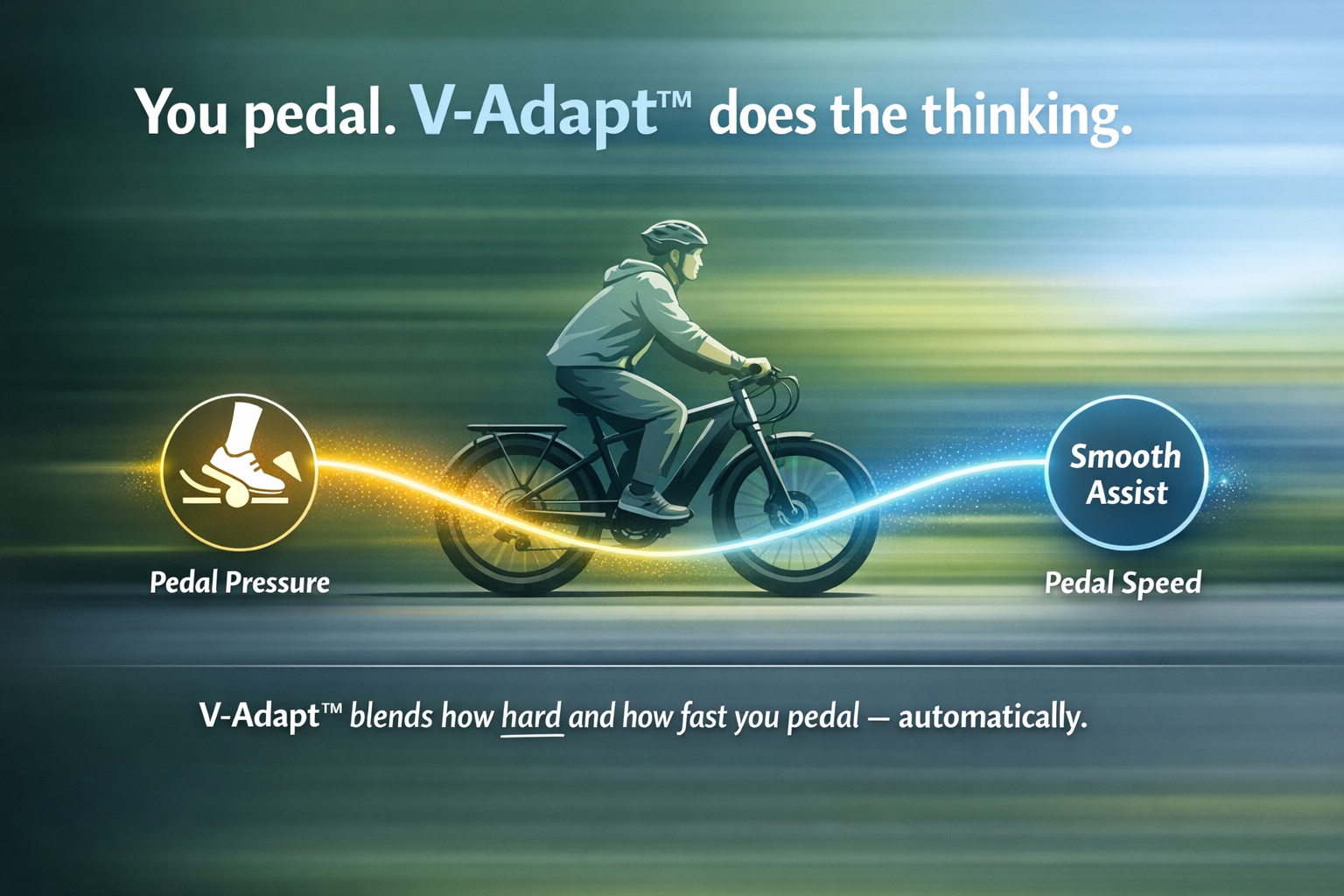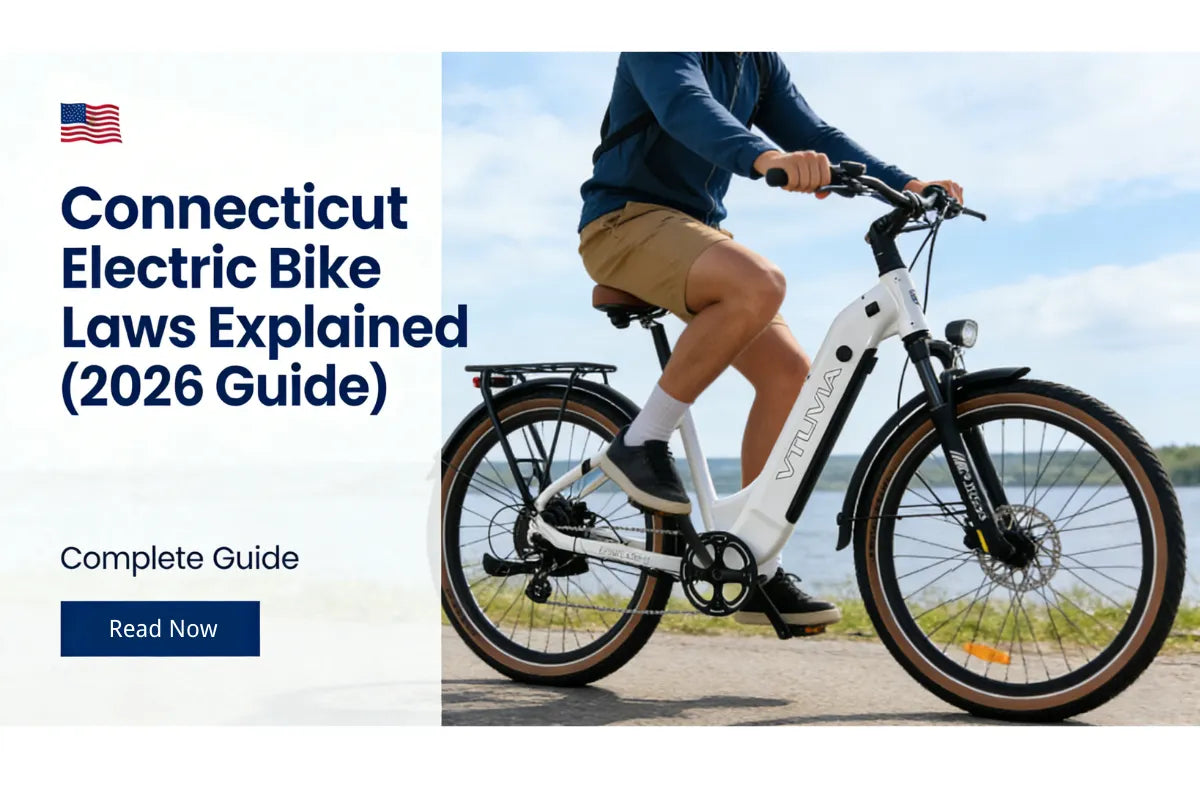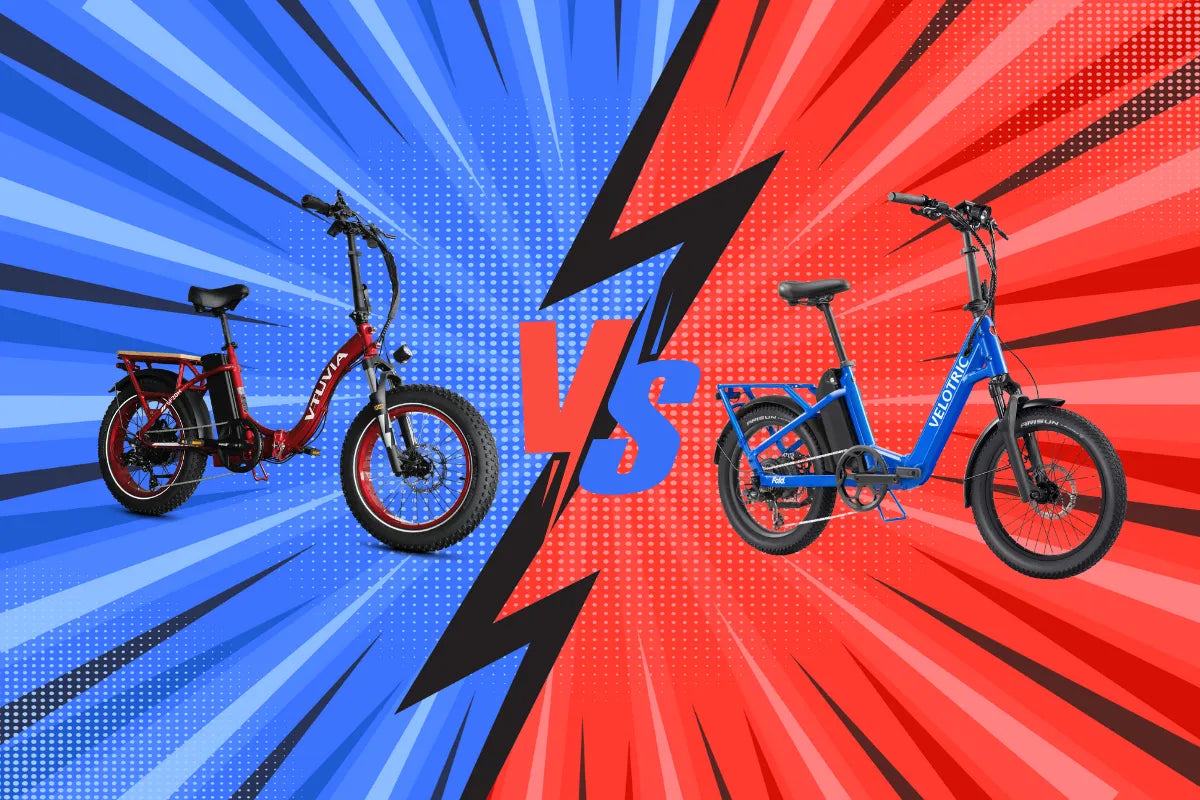According to The Guardian, ebikes have suddenly become ubiquitous, transitioning from a niche leisure activity to one of the fastest-growing segments of the global transport market. This surge in popularity is also making a notable impact on carbon emissions. A recent Bloomberg report highlights that there are now 11 times more electric two- and three-wheeled vehicles in the world than electric cars, leading to a reduction in oil usage nearly four times greater than that displaced by electric cars.
Thinking of buying an electric bike (ebike)? That’s exciting! Ebikes have revolutionized the two-wheel market, making transportation more accessible, fun, and eco-friendly.
According to a 2023 article by The Guardian, ebike sales “leapt 269% between 2019 and 2022 in the USA, with an expected market size of $2.69 billion in 2023” and are predicted to continue growing into the 2030s.
With the market expanding, there are more options than ever. How do you know which ebike is right for you? This guide will help answer your questions and steer you towards ebike riding bliss.
In this article:
- What is an Electric Bike?
- The four main reasons to choose Electric Bikes.
- 10 key factors you need to consider before purchasing an E-bike
What is an E-Bike?
An electric bike, commonly known as an e-bike, is a bicycle that incorporates an electric motor to assist with pedaling. This motor helps to reduce the effort required by the rider, making it easier to tackle challenging terrains, longer distances, or steep inclines. E-bikes come in various styles, including:
-
Pedal-Assist (Pedelec): This type of e-bike provides motor assistance only when the rider is pedaling. The level of assistance can usually be adjusted based on the rider's preferences and the terrain.
-
Throttle-Controlled: These e-bikes can be powered by a throttle, which allows the rider to engage the motor without pedaling. This type is ideal for riders who want to travel without exerting much physical effort.
-
Speed Pedelec: These are high-speed e-bikes that can reach speeds of up to 28 mph (45 km/h) and often require a helmet and registration depending on local regulations.
Four benefits of an E-Bike
-
Eco-Friendly: E-bikes are an environmentally friendly transportation option. Unlike traditional vehicles that rely on fossil fuels, e-bikes are powered by electricity, which significantly reduces emissions. By choosing an e-bike, you contribute to lower greenhouse gas emissions and decreased air pollution, helping to combat climate change and promote a cleaner, greener environment.
-
Efficiency: E-bikes offer a high level of efficiency in travel. The electric motor assists with pedaling, making it easier to maintain a consistent speed and tackle uphill climbs. This assistance allows you to cover longer distances with less physical exertion, making e-bikes a practical choice for commuting and longer rides. You can reach your destination more quickly compared to traditional bicycles, without the need for intense physical effort.
-
Liberation for Your Legs: One of the greatest advantages of e-bikes is the relief they provide for your legs. The electric motor reduces the strain on your muscles, making it easier to navigate challenging terrain or handle long journeys without experiencing fatigue. This means you can enjoy cycling more comfortably and for longer periods without the usual discomfort associated with traditional biking.
-
Versatility: E-bikes are designed to be highly versatile and cater to various needs. Whether you’re commuting through the city, exploring rugged trails, or running errands, there’s likely an e-bike model suited for your purpose. They come in different styles, including mountain, road, and folding e-bikes, allowing you to choose one that fits your lifestyle and preferences. Their adaptability makes them a great option for diverse activities and terrains.
Key Factors to consider before purchasing an E-bike
-
Purpose and Use: Determine how you plan to use the e-bike. Are you looking for a commuter bike, a mountain bike for off-road trails, or a versatile bike for various activities? Understanding your primary use will help you select the right type of e-bike.
-
Motor Power and Type: The motor power of a commuter eBike is vital, especially when navigating different terrains. VTUVIA offers eBikes with 500W and 750W motors, making it easy to handle various urban roads, whether flat surfaces or hilly areas. For instance, the VTUVIA Giraffe and CMB PRO both feature 500W motors, ideal for city commuting on flat or moderately hilly terrains . For more challenging terrains, VTUVIA’s SX20 and SF20H models with 750W motors provide the extra power needed to conquer steeper inclines and rugged paths with ease. A powerful motor not only helps in climbing hills but also in maintaining a consistent speed without excessive strain on the battery. Look for eBikes with torque sensors, which provide smoother and more efficient power delivery, especially useful in hilly areas.
-
Battery Range and Charging: Check the battery capacity and range to ensure it meets your needs. Battery life varies based on factors such as terrain, rider weight, and assist level. Consider how often you’ll need to charge the battery and how long it takes to recharge.
-
Bike Frame and Design: Consider the frame material (such as aluminum or steel) and design (such as step-through or traditional frames). The frame should be durable and comfortable for your riding style and terrain.
-
Comfort and Fit: Make sure the e-bike fits you well. Adjustable features like the saddle, handlebars, and pedal position can enhance comfort. Test ride the bike if possible to ensure it meets your comfort preferences.
-
Weight and Portability: If you need to transport or store the bike in compact spaces, consider its weight and whether it has features like a foldable design. Heavier bikes may be more challenging to transport but often offer more stability and durability.
-
Legal Requirements: Check local regulations regarding e-bikes, including speed limits, where you can ride them, and any licensing or registration requirements. Regulations can vary widely by region.
-
Features and Accessories: Evaluate additional features such as integrated lights, racks, fenders, and suspension systems. Accessories can add convenience and enhance your riding experience.
-
Maintenance and Support: Research the maintenance requirements and support options for the e-bike. Consider whether you have access to local repair services and how easy it is to find replacement parts.
-
Price and Warranty: Compare prices and check the warranty offered by the manufacturer. A good warranty can provide peace of mind and protect your investment.
Conclusion
Choosing the right e-bike involves considering your riding needs, budget, and the specific features that will enhance your riding experience. Whether you're commuting to work, enjoying a weekend ride, or exploring off-road trails, there's an e-bike designed to meet your needs. Happy riding!





Share:
Understanding the eBike PAS Class 1, 2, 3
The Best 750W E-Bikes for Adults in 2024